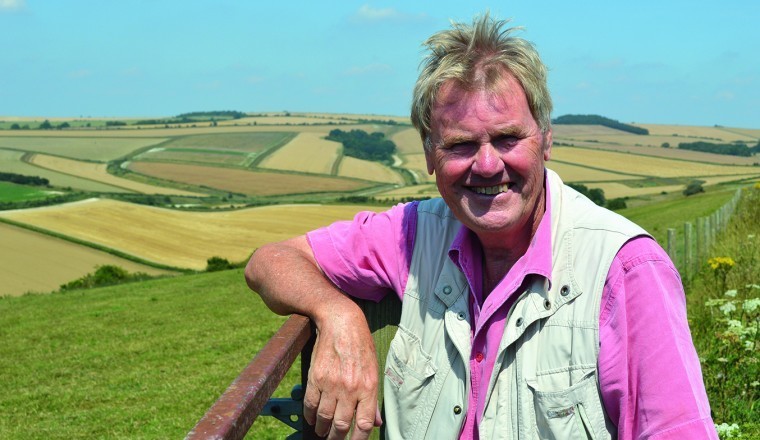Dick Potts, who lived in Hampshire and has died aged 77, was the son of a Yorkshire farmer who became famous across the world for his work on farmland conservation and the grey partridge in particular. The oldest of three siblings, George Richard (Dick) Potts was born on the family farm, Craggs Lane, near Richmond, North Yorkshire, on 6 December 1939.
After reading zoology at Durham University, he did a PhD on the breeding ecology of the shag on the Farne Islands which reinforced an interest in environmental poisons which had been sparked by observations as a boy on the farm. He went on to study organochlorine residues in shag eggs.
Dick Potts was interested in the processes that regulated bird populations, so that he could devise ways to reverse decline. At his next post, in the chalklands of southern England, where he was asked by the Game Research Association – which in 1969 became the Game Conservancy and in 2007 the Game and Wildlife Conservation Trust (GWCT) based at Fordingbridge, Hampshire – to unravel why the grey partridge was in decline and how to reverse this.
With his farming background, he realised that to understand changes in partridge abundance, he needed to understand changes in the partridge environment. So in 1968 he set up the Partridge Survival Project which started in a Portakabin on North Farm on the South Downs, West Sussex. Dick identified three main causes of the partridge’s decline. First, herbicides were killing the weeds that encouraged the insects on which the chicks fed; second, there was a shortage of suitable nesting cover; and, third, uncontrolled foxes and crows were devouring chicks wholesale and generally wrecking the nesting process.
He called this group of causes the “three legged stool,” because all three had to be remedied if the partridge – and with it a host of other wild creatures – was to thrive. In 1970, with his team of Drs Stephen Tapper, Paul Vickerman and Keith Sunderland, Dick began a detailed study of cereal ecosystems which became known as The Sussex Study. At the time, such work on farmland ecosystems was truly groundbreaking and controversial given that previous thinking on conservation concentrated on pristine habitats, not those worked by man to produce food, fuel or fibre. Today, The Sussex Study is the longest running monitoring scheme for farmland wildlife in the world.
In 1977 he became director of research at the Game Conservancy. There he began the Cereal and Gamebirds Project (1983-90), which developed selectively sprayed field margins known as conservation headlands, and midfield tussocky grass strips known as beetle banks. The background to this work is covered in a separate article, but all Dick’s ideas were implemented on the Norfolk Estate at Arundel in West Sussex, where the decline in farmland birds has been reversed and there is a thriving grey partridge population.
Dick was concerned about the indirect effects of pesticides and worked on this with Professor Nick Sotherton, who is now research director at GWCT. The number of species that these products “take out” has increased since Dick’s original work, Professor Sotherton said. “Of course, that is what you want to happen if you are a farmer. Neither Dick nor I were in the blame game. We recognised that using pesticides might be having unforeseen consequences for wildlife which could be mitigated by doing some of the things we suggested.”
After more work on the partridge and other species, including brown hare, red grouse, woodcock and lapwing, Dick became director general of the Game Conservancy Trust in 1993 until he retired in 2001. During that period, he transformed a Leicestershire farm donated to the organisation by Lord and Lady Allerton at Loddington into a demonstration farm, where he turned “words into birds.” He was also the driving force behind the Joint Raptor Study (1992-96), which quantified the impact of predation on red grouse demography at Langholm Moor in southern Scotland.
He is survived by his second wife, Olga, a son from his previous marriage, and a stepson.
<a href=”http://www.southeastfarmer.net/assets/flipbook/2017/SEF0517/SEF05May17.html#p=8>Click here to read more on Dick Potts




